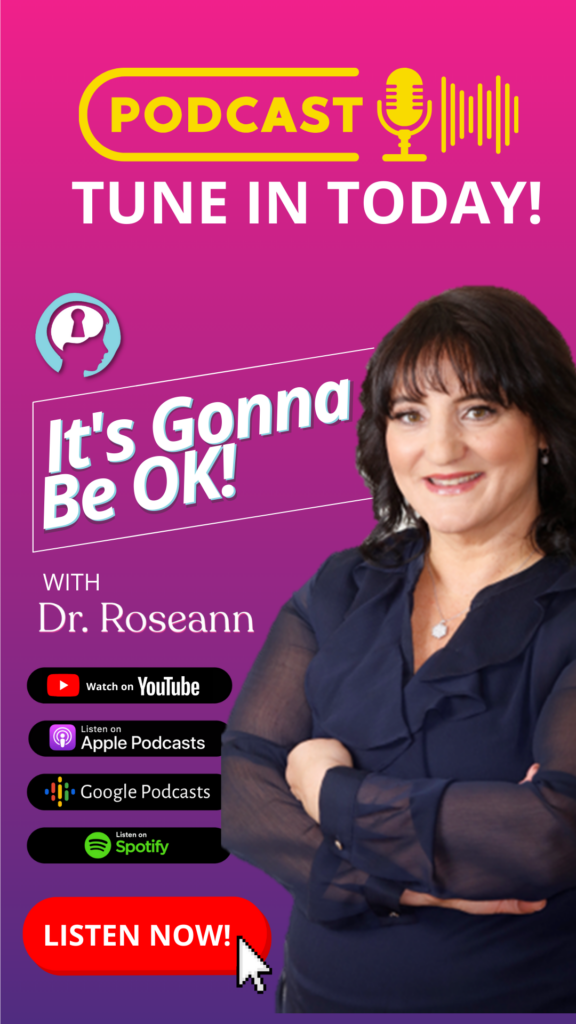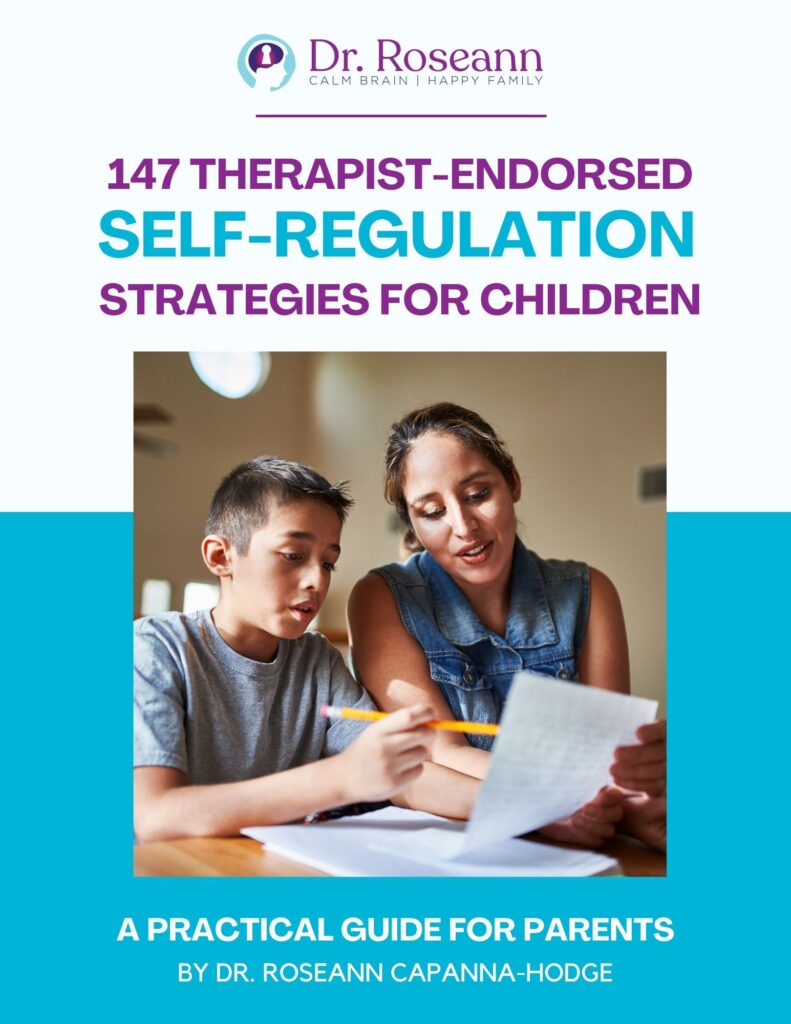The Emotional Freedom Technique (EFT) Tapping therapy differs from traditional therapies for emotional and physical problems such as psychotherapy, and behavior therapy by helping one to make the mind-body connection. EFT Tapping does it in a way that helps you address the issues without over activation or further distress. EFT Tapping practitioners identify and address blockages located in the mind and body’s energy system. By working with the subconscious, EFT Tapping bypasses many of the lengthy processes involved in other therapies that only address the conscious state, making it an effective and lasting therapy.
What is Tapping Therapy?
EFT focuses attention inward to bring awareness to an emotion or problem. The tapping restores wellness by releasing stuck emotions or memories because the person can review the experience or emotion without reliving the experience and overactiviting the nervous system.
During the tapping process, information arises from our subconscious mind to our conscious awareness because we are creating a space for those emotions to release without reliving them. By tapping to release stuck emotions, people clear energy blocks. For some, these emotions create difficult to release physical issues, but EFT can release both emotional and physical expressions of trauma and negative emotions and relieve clinical issues .
How EFT Tapping Therapy Differs From Psychotherapy
Many therapies, including the most common type of psychotherapy, Cognitive Behavioral Therapy (CBT) work at the conscious level. CBT is based on the premise that the way that individuals perceive a situation is more closely connected to their reaction than the situation itself and working through those misperceptions brings relief. Relying on the conscious can be less effective for those in a chronic stress state or who have experienced trauma. EFT works at the subconscious level to connect the mind and body together in a way that reduces unpleasant, stressful, or traumatic memories, thoughts, emotions, and behaviors. So, EFT is able to get at those misperceptions but at the subconscious level.
What Does Tapping do in Therapy?
During a therapy session while tapping, the therapist guides the individual through a series of statements or affirmations related to the issue they are addressing, while the individual taps on specific acupressure points on the body. The therapist may also encourage the individual to visualize their issue or to focus on a specific emotion while tapping.
Tapping is often used as a complementary therapy alongside other traditional forms of therapy, such as cognitive-behavioral therapy (CBT). It may be a helpful tool for managing emotional distress and improving overall mental health and well-being.
EFT is a tool to calm the brain, which allows an indivdual to do the work in a therapy session. When stress activated, one is an a “rev state” and therefore not as cognitively available to process emotions and think within a session. A brain in a fight, flight, or freeze state just isn't capable of accessing the areas of the brain that would help them use their tools and EFT tapping helps to regulate the brain.
How EFT Tapping Therapy versus EMDR
Both EFT Tapping and Eye movement Desensitization and Reprocessing (EMDR) are research based therapies that are effective in treating individuals with Post-Traumatic Stress Disorder (PTSD). EMDR and EFT tapping get similar results of neutralizing negative memories or current negative beliefs, even phobias and addictions, but by different methods.
EMDR therapy involves the mind and body by addressing the past, present and future aspects of a traumatic or distressing memory that did not originally get processed the way that normal or non-distressing memories do. Tactile, audio and visual stimulation is used to activate the opposite sides of the brain to help release emotional experiences that are “trapped” in the nervous system.
The goal of EMDR is to process these distressing memories, reducing their lingering influence and emotions, thereby allowing clients to develop more adaptive coping behaviors and beliefs. EMDR connects and stimulates activity between the two sides of the brain which helps the right brain take the left brain's advice. EMDR allows one to reprocess the trauma and let the “rational brain” kick in to free the “emotional brain” of the high levels of emotion tied to the trauma to achieve a more peaceful state. Like EFT, you will still have a memory, but it won't have the intensity and impact that is troubling or limiting.
How EFT Tapping Therapy Differs From Energy Therapies
“Energy therapies” refers to a variety of alternative and complementary treatments based on the modification or manipulation of energy fields. It includes of variety of therapies, such as Reiki, touch therapy, and PEMF. They are based on the belief that energy fields flow through and around your body and can be modulated in some way. When energy is flowing freely through your body, you have good mental, physical, and spiritual health. When you are distressed or ill, the energy flow is blocked and needs to be adjusted to restore balance.
EFT Tapping differs in that it combines energy therapy with the additional component psychotherapy to get to the core of issues impacting mental health. EFT Tapping works by altering energy pathways, also known as meridians. Meridians can become blocked with stress, trauma, and anxiety resulting in mental and physical problems.
How EFT Tapping Differs from Thought Field Therapy (TFT)
EFT Tapping and TFT have more similarities than they do differences. Both EFT Tapping and TFT Techniques involve tapping on specific points on the body while focusing attention on a specific emotion or problem. While they tap some different meridian points, many are the same. The purpose of both EFT Tapping and TFT is to overcome negative thoughts and traumatic memories and not have an over activated physiological stress responses.
The biggest difference between EFT Tapping and TFT is that TFT uses a different tapping sequence (known as an “algorithm”) for each of a number of problem categories (such as fear, anger, or guilt. With EFT Tapping, a clinician uses the same tapping sequence for every emotion or feeling.
With TFT, each problem category has its own unique algorithm or set of algorithms that a clinician works through with a client. TFT clinicians feel very strongly that tapping on the prescribed acupoints for a particular problem category is more effective thus focusing more on the tapping itself. With EFT Tapping, the verbalization of the problems and emotions is equally as important as the tapping itself. With the verbalizations, you flush out the root causes and work through the issues in conjunction with tapping along meridians.
While TFT came first, some EFT Tapping clinicians see EFT Tapping as the next evolution. Both are valid therapies and there certainly is place for both in supporting clients with a variety of issues.
EFT Tapping and Brain Research
One study (König et. al, 2019) investigated whether tapping or EFT, can help individuals with anxiety process emotional tones in speech. People with anxiety may have difficulty recognizing the emotions conveyed through the tone of someone's voice, which can affect their social interactions and well-being.
The results showed that after just one session of tapping, participants had increased activity in brain regions associated with emotional control and decreased activity in regions associated with stress and anxiety. They also performed better on a task measuring emotional tone recognition.
This study suggests that tapping could be a helpful therapy for individuals with anxiety to improve their ability to recognize emotions in speech and regulate their emotions. However, more research is needed to understand the long-term effects and how tapping works to benefit individuals with anxiety.
EFT Tapping has become an increasingly used clinical therapy because of both its accessibility and effectiveness. It has its place amongst other therapies that connect the mind and body at the subconscious level. Just about any individual or condition can benefit from EFT Tapping. One of the best things about EFT, is that once you learn how to use it, EFT can be done anywhere, at any time, quickly, discretely, and without the use of any equipment to restore feelings of wellness.
To read more about what EFT is, read this blog.
To read more about conditions EFT treats, read this blog.
Citations:
König, N., Steber, S., Seebacher, J., von Prittwitz, Q., Bliem, H. R., & Rossi, S. (2019). How Therapeutic Tapping Can Alter Neural Correlates of Emotional Prosody Processing in Anxiety. Brain sciences, 9(8), 206. https://doi.org/10.3390/brainsci9080206
Always remember… “Calm Brain, Happy Family™”
Disclaimer: This article is not intended to give health advice and it is recommended to consult with a physician before beginning any new wellness regime. *The effectiveness of diagnosis and treatment vary by patient and condition. Dr. Roseann Capanna-Hodge, LLC does not guarantee certain results.
Are you looking for SOLUTIONS for your struggling child or teen?
Dr. Roseann and her team are all about solutions, so you are in the right place!
There are 3 ways to work with Dr. Roseann:
- In-person at her Ridgefield, CT center
- Virtually with her at home neurofeedback and coaching programs
- By joining my Natural Parenting Solutions for ADHD, EF, LD, Anxiety, OCD, Mood & PANS/PANDAS Community
You can get her books for parents and professionals, including: It’s Gonna Be OK™: Proven Ways to Improve Your Child’s Mental Health, Teletherapy Toolkit™ and Brain Under Attack: A Resource For Parents and Caregivers of Children With PANS, PANDAS, and Autoimmune Encephalopathy.
If you are a business or organization that needs proactive guidance to support employee mental health or an organization looking for a brand representative, check out Dr. Roseann’s professional speaking page to see how we can work together.
Dr. Roseann is a Children’s Mental Health Expert and Therapist who has been featured in/on hundreds of media outlets including, CBS, NBC, FOX News, PIX11 NYC, The New York Times, The Washington Post,, Business Insider, USA Today, CNET, Marth Stewart, and PARENTS. FORBES called her, “A thought leader in children’s mental health.”
She is the founder and director of The Global Institute of Children’s Mental Health and Dr. Roseann Capanna-Hodge. Dr. Roseann is a Board Certified Neurofeedback (BCN) Practitioner, a Board Member of the Northeast Region Biofeedback Society (NRBS), Certified Integrative Mental Health Professional (CIMHP) and an Amen Clinic Certified Brain Health Coach. She is also a member of The International Lyme Disease and Associated Disease Society (ILADS), The American Psychological Association (APA), Anxiety and Depression Association of America (ADAA) National Association of School Psychologists (NASP), International OCD Foundation (IOCDF) International Society for Neurofeedback and Research (ISNR) and The Association of Applied Psychophysiology and Biofeedback (AAPB).
© Roseann-Capanna-Hodge, LLC 2023










